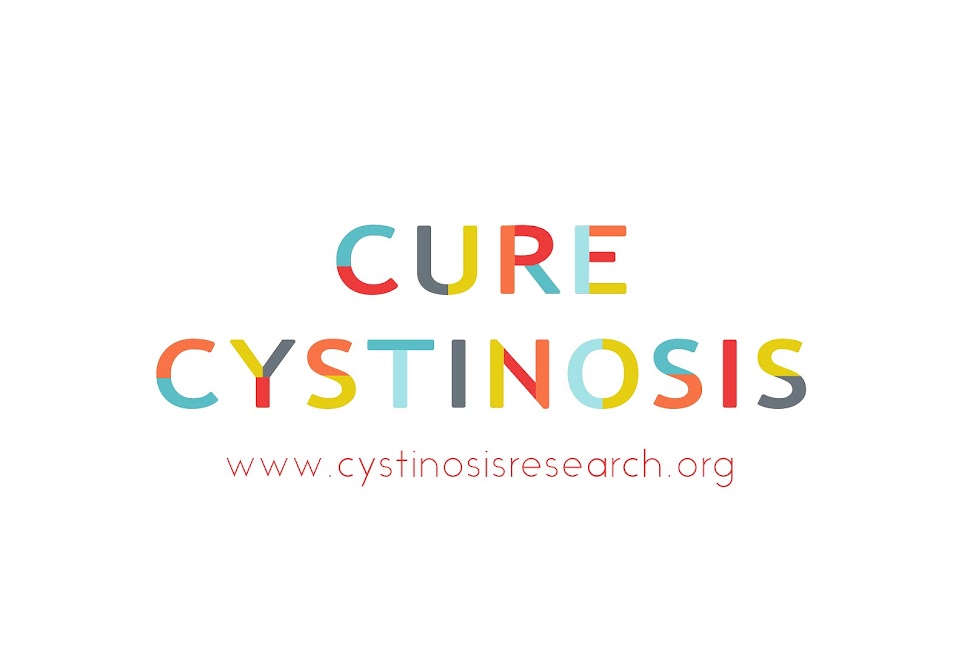
After Sam's last rash/fever episode, our doctor told us to take him off the cystagon for a week. We met with our doctor on Friday and talked about the symptoms. Ashton had gotten sick shortly after Sam with flu symptoms, and Sam's lymph nodes were swollen. The doctor remarked that it was very possible that Sam's rash and fever were due to a seasonal flu, and that we'd probably never know for sure. He recommended we start the cystagon again, and this time increase the dosage more gradually.
We gave Sam his first 50 mg dose at 7:30 p.m. on Friday night. Around 1:30 a.m. we woke up to give him his next dose, and discovered that he'd been throwing up. This isn't totally uncommon at night and when Sam gets dehydrated, Ashton quickly rinsed him in the tub, gave him his next dose of cystagon, and put him back to bed. At about 4:30 a.m. Sam threw up again, and he was shaking a lot. We gave him another bath and checked his temperature. It was at 101. We brought him to our bed to keep a closer eye on him. I checked his temp again around 5:00 and it had gone up to 102.3. We decided that if it was rising that fast we needed to contact a doctor. We couldn't get a hold of anyone in his specialist's department, so we got in the car and went to the ER at Primary Children's.
The ER is always an awful place. You go there at your most vulnerable and shaken time, and every one working there seems totally oblivious. It's not that they're bad health care providers. They're just at work, chatting with their co-workers, telling jokes and that sort of thing. It really gets to the patient though. We were taken to a triage room and the nurse gave Sam 100 mg of Tylenol to bring down the fever. It started working pretty fast.
We were taken to a room and waited for our doctor. We saw a resident, then the resident's supervising doctor, and finally the attending physician (who happened to be the Dean of Student Affairs for the medical school, and the man who read off my name as I received my white coat and stethoscope at Friday ceremony). They all told us the same thing: we just want to make sure he stays hydrated and don't give him any more of that drug. We got discharged around 7:00 in the morning and decided that the 100 mg of Tylenol will be very expensive.















